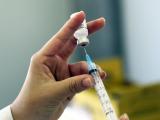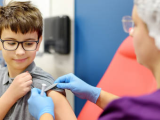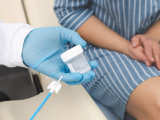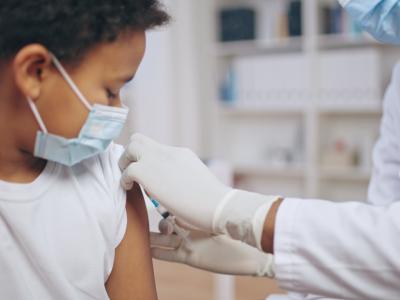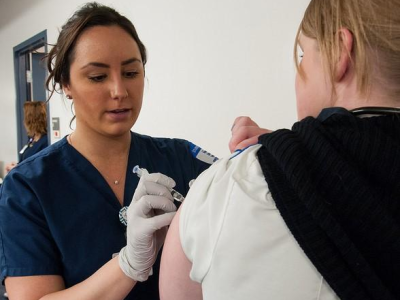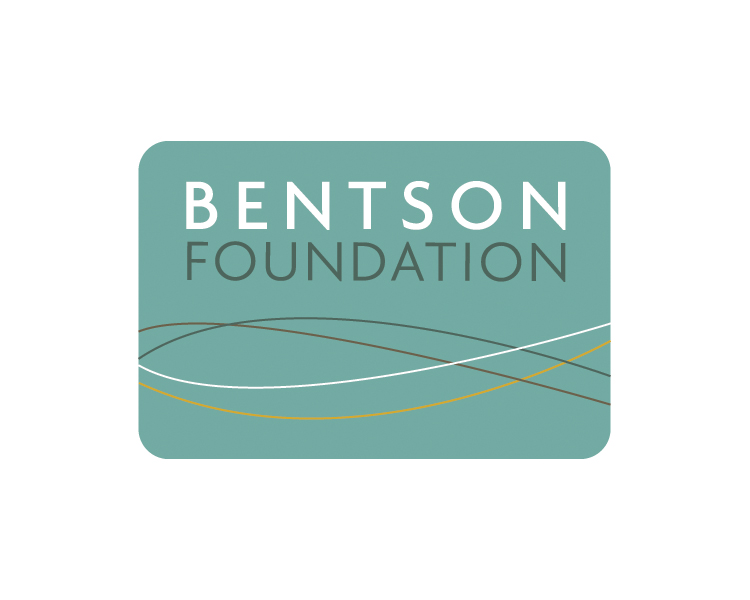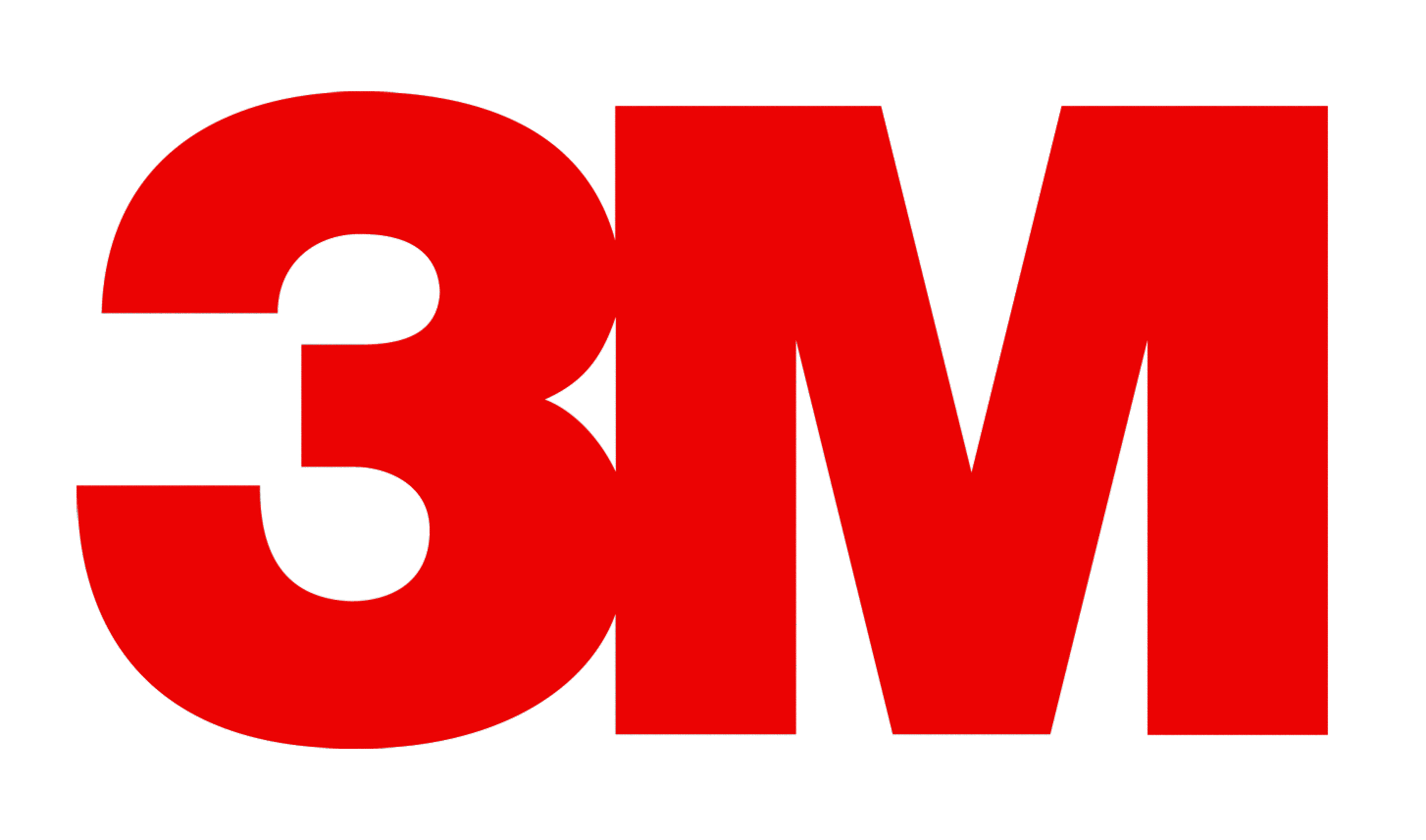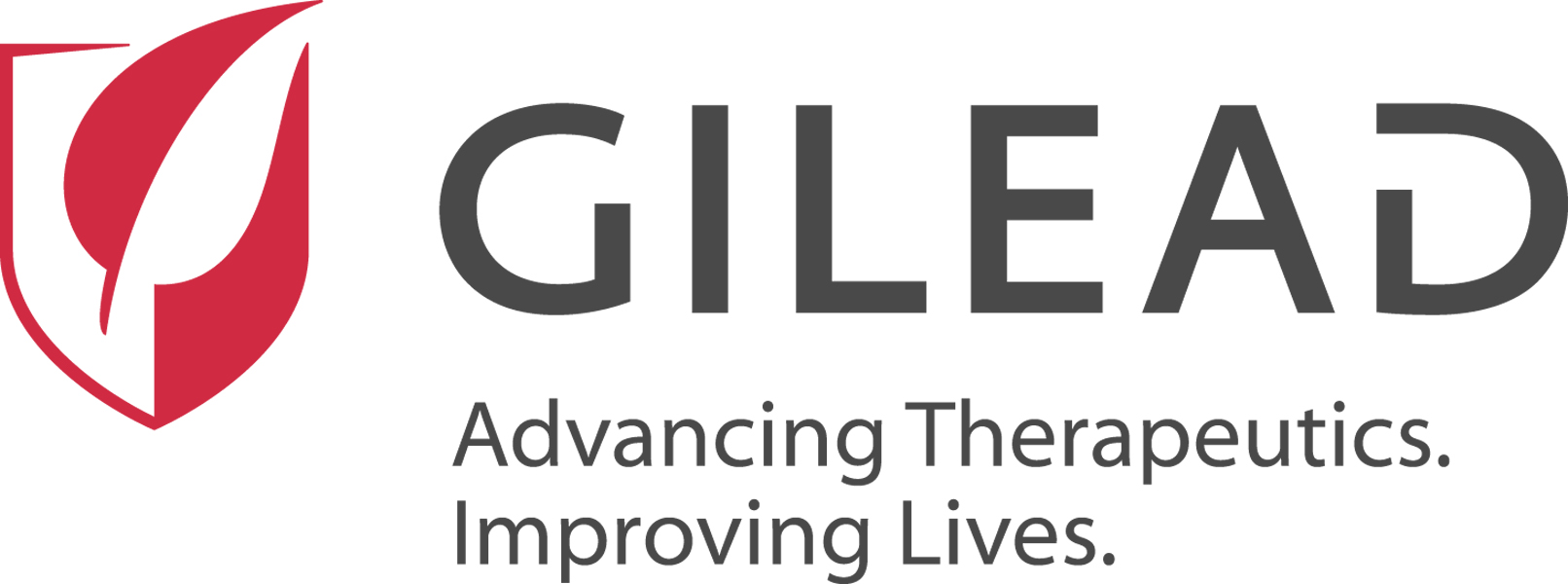Direct mailing human papillomavirus (HPV) self-testing kits to women's homes was cost-effective for those who regularly undergo cervical cancer screening, those overdue for screening, and those with unknown screening histories who opted in, per a Kaiser Permanente–led study published today in JAMA Network Open.
Home-based tests can overcome screening barriers
The cost-effectiveness and budget-impact analysis was based on the results of a randomized clinical trial conducted from November 2020 to July 2022. The test-delivery costs of Kaiser Permanente Washington and Medicare included wellness-based or screening-only visits. The 31,355 participants, aged 30 to 64 years, were identified through electronic medical records (EHRs).
Regularly screened participants were randomly assigned to usual care (UC), education (UC and mailed educational materials), direct mail (UC, education, and mailed self-sampling kit), or opt-in (UC, education, and mailed invitation to request kit).
Participants overdue for screening were assigned to UC, education, or direct mail. Those with an unknown screening history were assigned to UC, education, or opt-in.
"Home-based testing addresses well-documented screening barriers and can mitigate the impact of appointment backlogs and scheduling constraints on patients and health care systems," the study authors wrote. "However, cost-effectiveness has not been evaluated across other screening histories."
Fastest budget declines in regularly screened women
For regularly screened patients, direct mail dominated all other strategies in terms of effectiveness and cost savings. Among overdue participants, direct mail was also more effective than UC and triggered an additional completed screening at a cost savings of $19 to $63, depending on cost basis and visit type.
Results support directly mailing HPV kits to eligible individuals as an effective, efficient, and affordable outreach strategy.
In general, among patients with an unknown screening history, opt-in dominated UC in terms of efficacy and cost savings. The budget-impact analysis showed that while the regularly screened subgroup had the largest year 1 program budget, its budget decreased the fastest and, by year 4, was lower than the other two subgroups. The smallest annual budget declines were seen among those with unknown screening history.
"In this economic analysis of a randomized clinical trial, directly mailing HPV kits to individuals who were screening adherent and overdue for screening was economically dominant over other strategies," the researchers wrote. "Program costs declined rapidly over 4 years. Results support directly mailing HPV kits to eligible individuals as an effective, efficient, and affordable outreach strategy."





